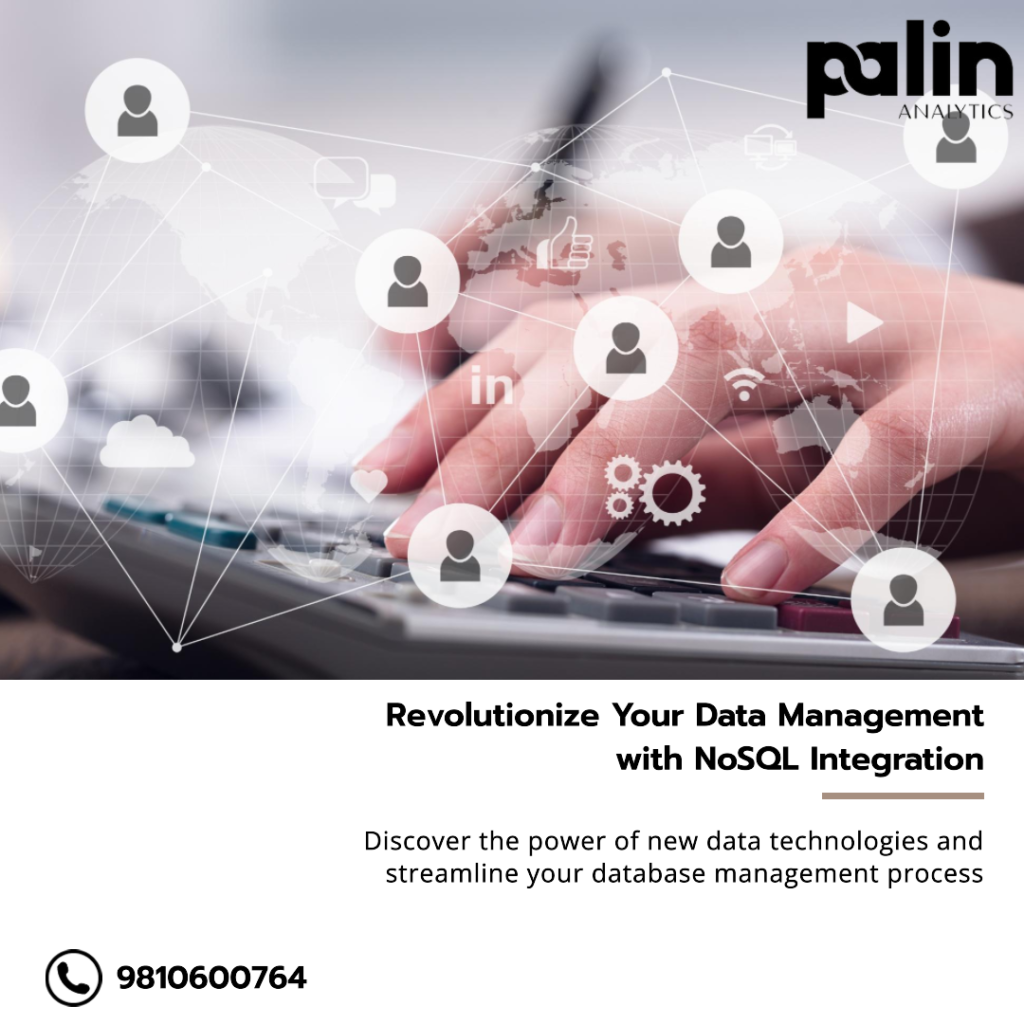NOSQL : NoSQL databases are known as non-relational databases, which do not follow the fix schemas Like RDBMS follow. NOSQL databases are used when we have high volume of data and we want to process the data so fast, means we need high availability. Unlike relational databases, which store data in tables with rows and columns, NoSQL databases use a variety of data models for data storage and retrieval. These models can include key-value stores, document stores, wide-column stores, or graph databases. Some of the popular NoSQL databases include MongoDB, Cassandra, Redis, and Neo4j, every database have unique feature and designed for unique purpose.
SQL : SQL stands for Structured Query Language , a standard query language which is used for storing, managing and manipulating data. It is used to create, alter, insert, update and delete the data within the database. We can create schemas, views, replicas whatever required for the security of the data. SQL is a declarative language, It means that we can specify whatever data we want to fetch or manipulate, rather than how to fetch that. With this we can make it easier to work with databases, we will focus on the logic of the query rather than how to fetch.
SQL is the standard language which is used in every database like either RDBMS or NOSQL. Some of the RDBMS databases are, MYSQL, Oracle, DB2, SQL Server, SQL Lite. There is no difference using SQL queries.. A bit differnce of syntax only.
Integration with NoSQL and new data technologies in SQL refers to the capability to incorporate and work with non-relational data sources and arising data technologies within a traditional SQL database terrain. Then is a breakdown of this integration
NoSQL Integration NoSQL databases, similar as MongoDB, Cassandra, or Redis, have gained fashionability due to their flexible data models and scalability. Integrating NoSQL with SQL involves creating connectors or motorists that enable SQL databases to communicate and interact with NoSQL databases. This integration allows inventors to combine the strengths of both SQL and NoSQL databases, using SQL for structured data and querying capabilities while employing NoSQL for unshaped orsemi-structured data storehouse and reclamation.
Scripture continuity Scripture continuity refers to using multiple databases or data storehouse technologies within an operation to store different types of data optimally. In SQL, integrating with NoSQL databases enables polyglot continuity, allowing inventors to choose the applicable database technology grounded on the specific data conditions. For illustration, SQL databases can be used for structured transactional data, while NoSQL databases can handle unshaped or largely scalable data.
Data Channels and ETL Integration with NoSQL databases and new data technologies frequently involves structure data channels or Excerpt, transfigure, cargo( ETL) processes to transfer, transfigure, and cargo data from colorful sources into the SQL database. These channels may incorporate technologies like Apache Kafka for real- time streaming data, Apache Spark for big data processing, or Apache Airflow for workflow operation, enabling effective data integration and synchronization.
Schema elaboration and Data thickness Integrating NoSQL and new data technologies in SQL can introduce challenges related to schema elaboration and data thickness. NoSQL databases frequently have flexible schemas orschema-less designs, while SQL databases have rigid schemas. Mapping and maintaining thickness between these different data models bear careful consideration of schema elaboration strategies, data metamorphoses, and implicit data conflicts during integration.
SQL Extensions and APIs SQL databases may offer extensions or APIs that give access to NoSQL- suchlike features. For illustration, some SQL databases include support for JSON data types, allowing storehouse and querying ofsemi-structured data within SQL tables. These extensions enable inventors to influence NoSQL- suchlike capabilities within a SQL database terrain.
Unified Querying and Federated Queries Integration with NoSQL and new data technologies aims to give unified querying capabilities, allowing inventors to query data from multiple sources using a single SQL- suchlike language. Federated queries enable SQL databases to query data across different data stores seamlessly. This integration simplifies data access and analysis by furnishing a unified interface for inventors to work with both SQL andnon-relational data sources.
Data Virtualization and Data Wrangling Data virtualization tools and data fighting platforms can grease the integration of NoSQL and new data technologies in SQL surroundings. These tools enable data integration, abstraction, and metamorphosis, allowing inventors to pierce and manipulate data from different sources through a unified interface or using SQL- suchlike queries.
By integrating NoSQL databases and new data technologies into SQL surroundings, associations can work the strengths of different database systems to handle a wide range of data types and accommodate evolving data conditions. This integration enables lesser inflexibility, scalability, and effectiveness in managing and assaying different datasets within a SQL- centric ecosystem.


